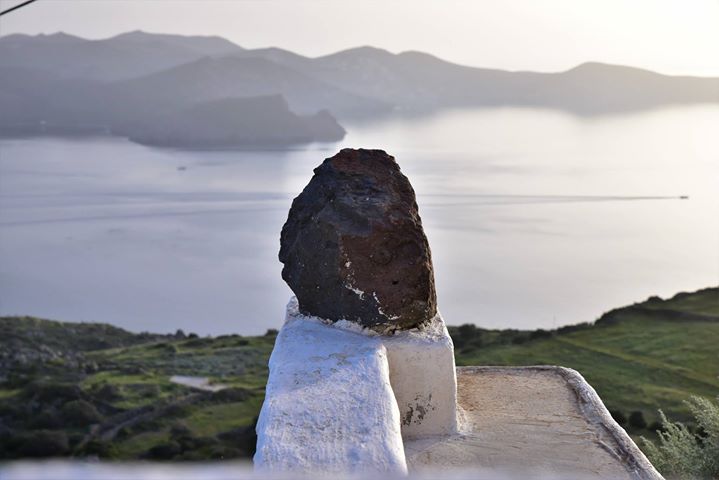Milos has the most beaches of any other island in Cyclades and a dramatic coastal landscape with colourful and crazy rock formations. The name of Milos became famous because of the beautiful statue Venus de Milo made of marble of Paros Island and that is now exhibited in the Museum of Louvre. The beautiful beaches and the history of the island combined with modern hotel facilities are the main reasons of tourism attraction.
History
Milos has a fascinating history of mineral extraction dating from the Neolithic period when obsidian was an important material. The settlement of ancient Filakopi is considered one of the biggest ones in Cyclades established during the Bronze Age. The trade of obsidian, a natural volcanic glass stone used for making tools, established the economic prosperity of the island. During the Peloponnesian Wars, Milos was the only Cycladic Island not to join the Athenian alliance. It paid for this decision, when Athenians massacred the islands residents for revenge. Milos has very rich subsoil and materials as sulphur and kaolin have been mined. Today Milos is the biggest bentonite and perlite production and processing centre in the EU.
Geography
The island of Milos spans an area of 160 sq. km. with a total population of 4.771 residents. The islands closer to Milos are Kimolos on the east and Sifnos on the northeast. The islets nearest to Milos are Antimilos and Polyaigos.
Sights
The unusual geographical features of Milos have given to its approximately 70 beaches unique shapes. Strange formations, rocks casting their shadow over the sands, caves to swim through, every single beach in Milos is totally different to the other. The most famous of them are: Chivadolimni, Papafragas, Sarakiniko, Lagada and Papikinou.
There are some Roman ruins near Trypiti, including Greece’s only Christian catacombs. The Catacombs were dug out of volcanic tufa, and form a magnificent early Christian monument, where religious ceremonies were held and the deads were buried. The Catacombs of Milos are among the most remarkable ones in the world, together with the catacombs in Rome and the Holy Land.


